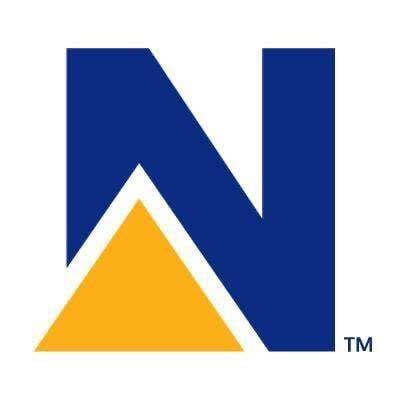How Newmont Lihir decreased fatigued hours by 20% with Readi

Industry
Mining
Challenge
Lihir identified a fatigue problem among its operators and, with the assistance of Fatigue Science, hoped to identify its root cause, have visibility into the most fatigued individuals, increase safety, and assist their operators to improve their sleep.
Results
Within the first 3 months, fatigue hours reduced by 20%. Fatigue-related DSS alerts also decreased 83%.
Key Product
ReadiWatch, ReadiOne, ReadiSupervise, ReadiAnalytics
With this implementation, Newmont further affirms its mission to put health and safety at the forefront of its operations, while keenly leveraging proven technology that has a direct benefit to mine output at the same time.

Andrew Morden
CEO @ Fatigue Science

Background
Lihir Mine faced challenges associated with fatigue management in a 24/7 mining operation. With a workforce of over 800, maintaining safety and efficiency required a proactive approach to managing fatigue risks.
The Challenge
Fatigue was a persistent issue at the Newmont Lihir site, especially during night shifts, where high-risk fatigue levels were observed in nearly all crew members beyond 2:00 AM. Suboptimal sleep health and a demanding shift pattern contributed to increased safety risks and productivity challenges.
Implementing Readi to Identify, Manage, and Mitigate Fatigue
Lihir deployed the Readi predictive fatigue management platform in May 2022, equipping supervisors with tools to:
- Identify workers at risk of fatigue using ReadiScores.
- Implement targeted rest breaks and task substitutions during shifts.
- Analyze data via ReadiAnalytics to inform long-term schedule and sleep health improvements.
Comprehensive supervisor training ensured effective adoption of the system.
Reducing Fatigued Hours by 20%
Safety Improvements: Fatigue-related DSS alarms reduced from 200–300 per month to just 40–50 - An 83% decrease.
Data-Driven Decisions: Supervisors proactively mitigated fatigue risks daily, significantly reducing extreme fatigue levels during high-risk periods.

